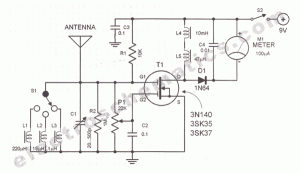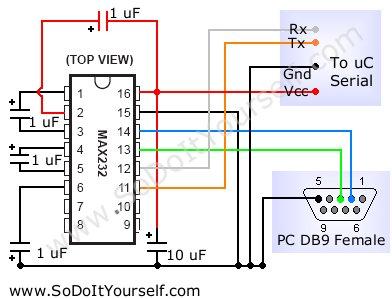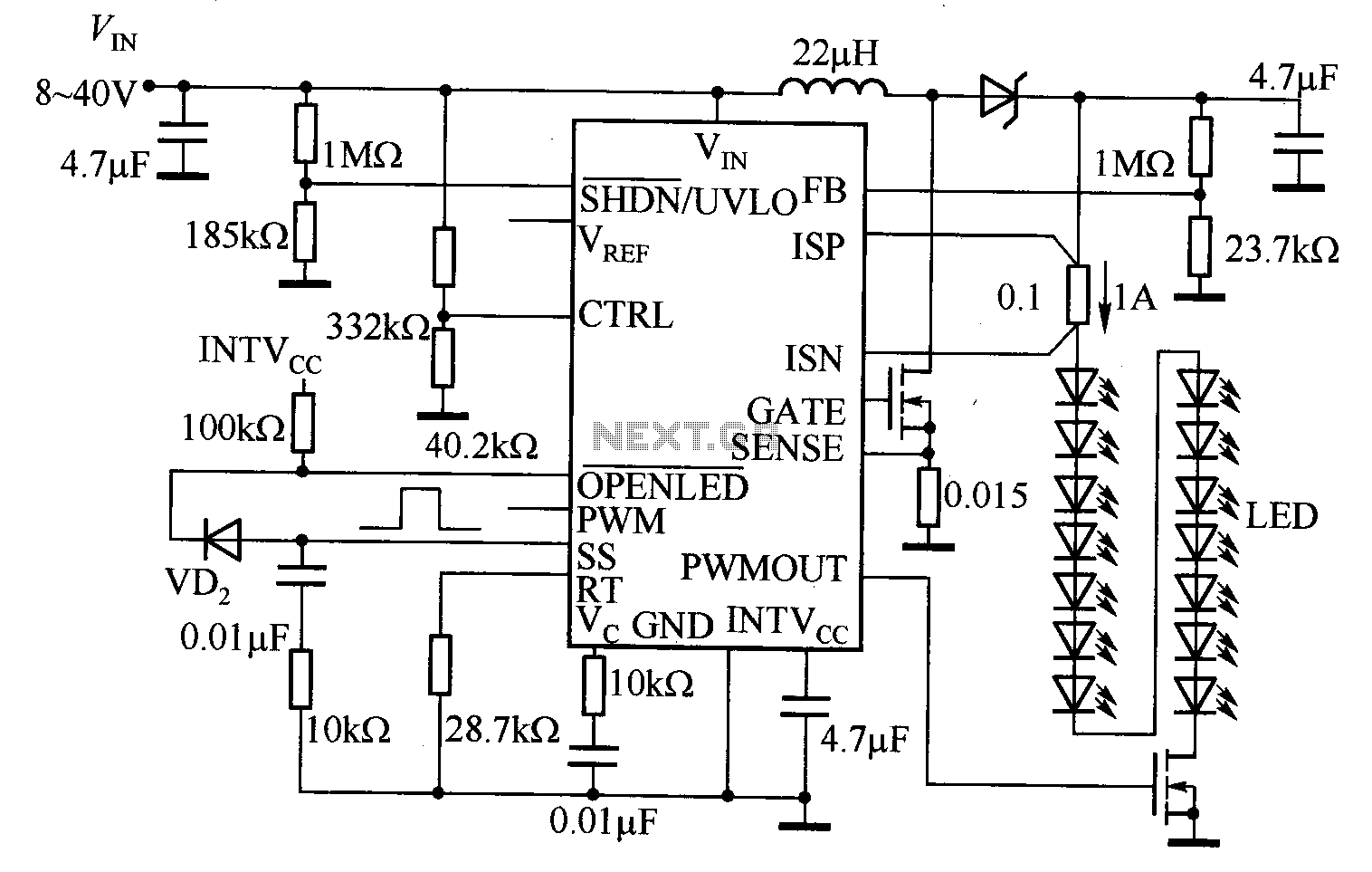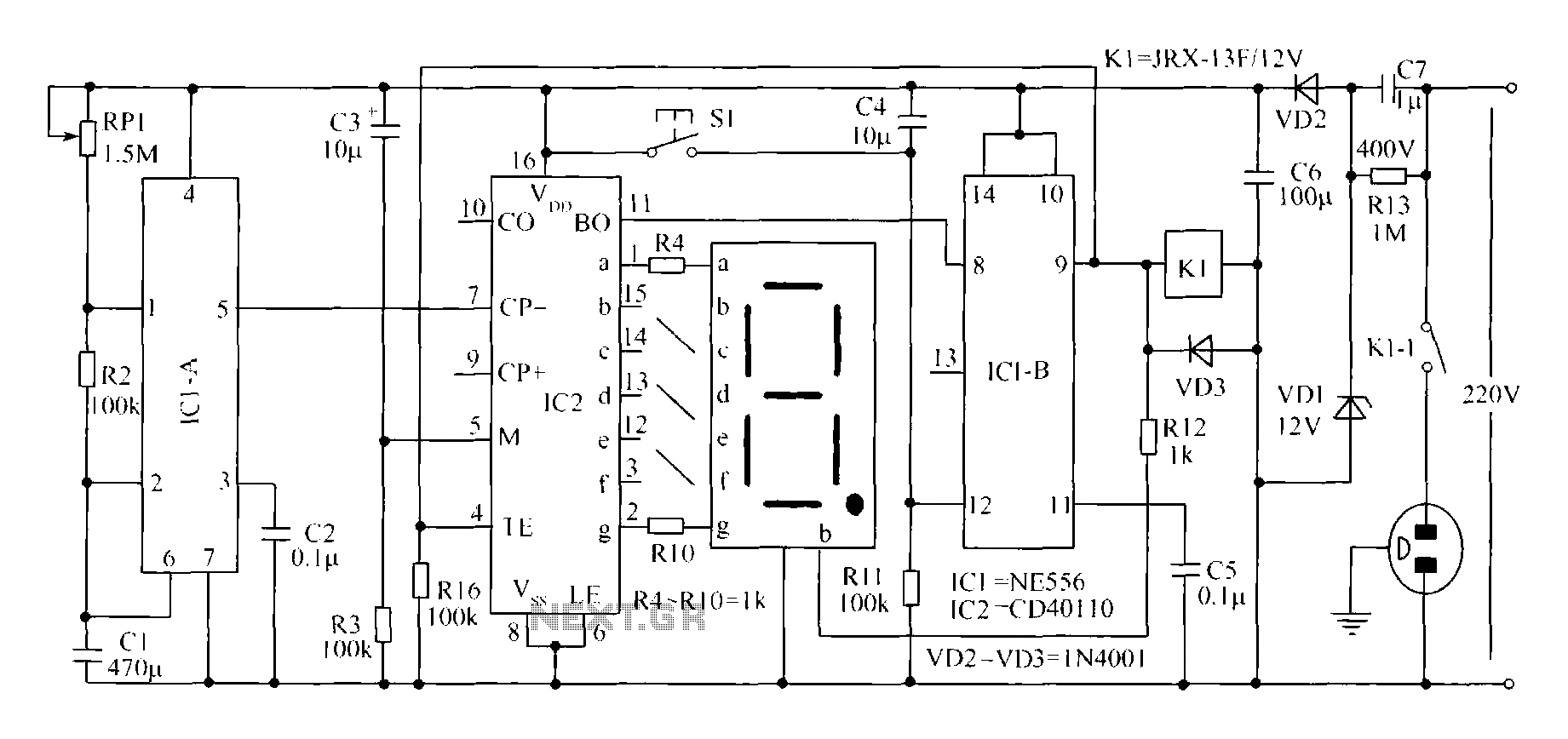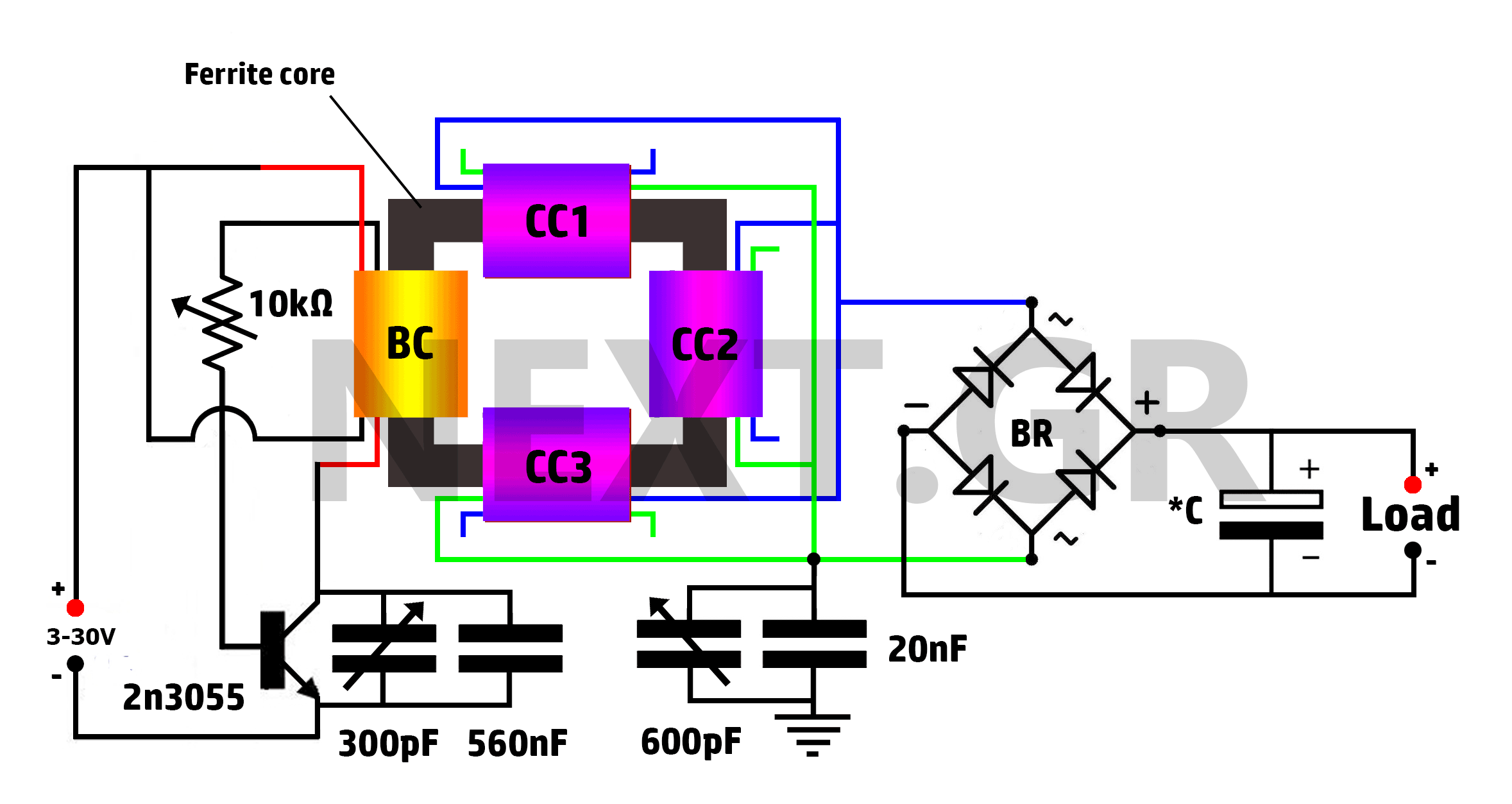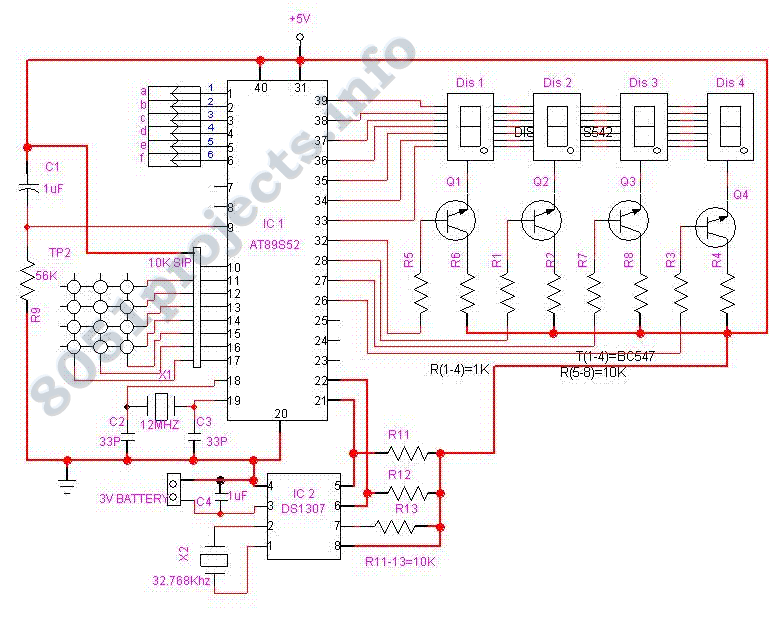
remote control receiver circuit
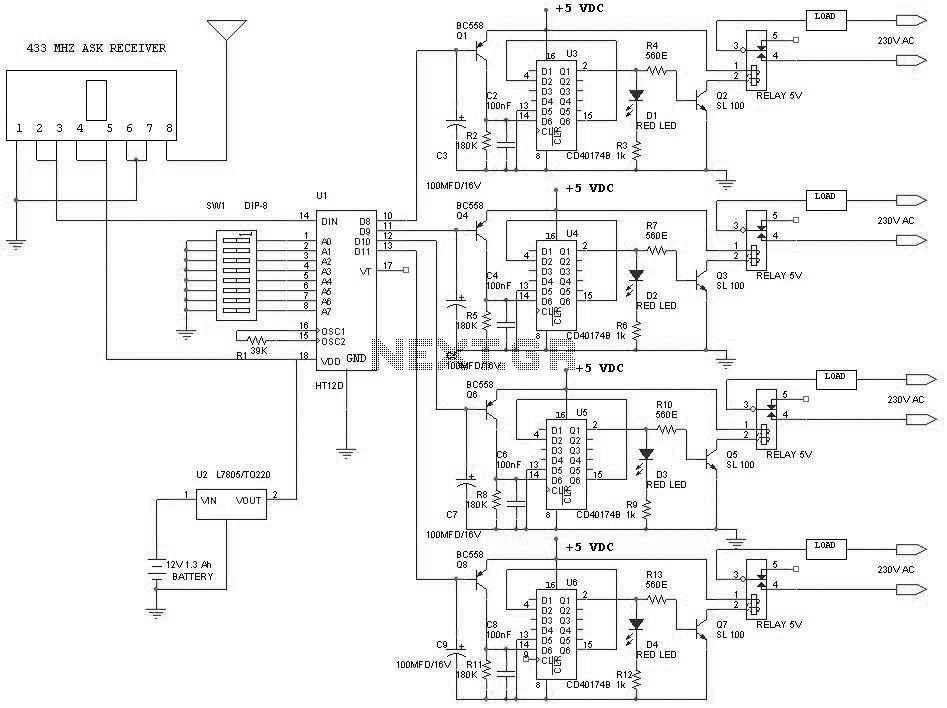
The circuit consists of an infrared transmitter-receiver pair that uses infrared beam transmission to switch the toy car on or off. It can be modified to allow the toy car to turn left or right. To operate the toy car, it is necessary to hold the remote control. Additionally, there is a simple tester circuit for verifying the basic operations of an infrared remote control unit. This low-cost circuit is easy to construct and is designed around the infrared receiver module TSOP1738. The operation of the remote control is indicated by a tone. There is also a wireless car alarm system built using transmitter and receiver modules that operate on FM radio waves. This car alarm can be used in vehicles with a 6-12V DC power supply, and a voltage stabilizer can be used if the car's power supply is too high. Furthermore, a circuit diagram for a mini AM radio receiver is available, which utilizes general-purpose transistors such as the BC549. This circuit employs a compact three-transistor regenerative receiver with fixed feedback, similar in principle to the ZN414 radio IC. Additionally, a reliable FM amplifier can be assembled using only a few components, including a single UHF/VHF type transistor, MFE201. This amplifier can effectively receive distant FM stations. The circuit is configured as a common-emitter tuned RF pre-amplifier with the MFE201 transistor. A very simple FM receiver can also be built using just one transistor, with the output connected to earphones; an amplifier circuit is required for listening through a loudspeaker. The part designators include C1a and C1b, which are 10 pF, 50 V ceramic disc capacitors, and C2, which is a 22.
The infrared transmitter-receiver circuit operates by emitting a modulated infrared signal from the transmitter, which is detected by the receiver. When the receiver module TSOP1738 detects the modulated signal, it sends a corresponding output signal that can be used to control the toy car's operation. The modulation frequency typically ranges from 38 kHz, which is optimal for reducing interference from ambient infrared sources.
To modify the circuit for directional control, additional circuitry can be integrated to interpret different signals from the remote control. For instance, varying the pulse width or frequency of the infrared signals can be programmed to correspond with different movements, such as turning left or right.
The infrared remote control tester circuit serves as a diagnostic tool to ensure that the remote control unit is functioning properly. By using the TSOP1738 module, the circuit can produce an audible tone when a signal from the remote is detected, confirming that the remote is operational.
The wireless car alarm system utilizes FM radio waves for communication between the transmitter and receiver modules. This design is particularly advantageous as it allows for a greater range compared to infrared systems. The system can be powered by a 6-12V DC source, making it suitable for most vehicles. The inclusion of a voltage stabilizer ensures that fluctuations in the power supply do not affect the performance of the alarm system.
For the mini AM radio receiver circuit, the use of general-purpose transistors such as the BC549 allows for easy sourcing and replacement. The regenerative receiver design enhances sensitivity and selectivity, enabling the reception of weak AM signals. This type of circuit is beneficial for hobbyists interested in radio communications, as it provides a practical introduction to radio frequency technology.
The FM amplifier circuit, utilizing the MFE201 transistor, exemplifies a minimalist approach to audio amplification. By configuring the transistor in a common-emitter arrangement, the circuit can effectively amplify weak FM signals, providing clear audio output. The simplicity of the design allows for easy assembly and troubleshooting, making it an excellent project for electronic enthusiasts.
In summary, the described circuits offer a variety of applications ranging from remote control operations to audio reception and amplification, showcasing fundamental principles of electronics and radio frequency communication.The circuit, consisting of an infrared transmitter-receiver pair, utilizes IR beam transmission to switch the toy car on` or off`, yeah. it will be only switching on and switching off, you may modify this circuit to make the toy car to turn left or right.
To operate the toy car, you have to hold the. Here is the remote control tester circuit. Thi s circuit is really a simple and easy tester for verifying the basic operations of an infrared remote control unit. It is low-cost and very easy to construct. The tester is designed around infrared receiver module TSOP1738. Operation of the remote control is identified by a tone from. This circuit is a wireless car alarm system that is built using two circuit modules, namely modules of transmitter and receiver modules.
This circuit works on FM radio waves. Car alarms can be used on vehicles that have a 6-12VDC power supply. You can use the voltage stabilizer if your car power supply is too. This is the circuit diagram of mini AM Radio receiver. All general purpose transistors should work in this circuit, you can use BC549 transistors for this circuit. The circuit use a compact three transistor, regenerative receiver with fixed feedback. It is similar in principle to the ZN414 radio IC which is now replaced by the. By working with only a small handfull of parts you can assembled this kind of reliable FM Amplifier. It runs with only 1 UHF/VHF type transistor, MFE201. This amplifier will pull in all distant FM stations clearly. The circuit is configured as a common-emitter tuned RF pre-amplifier wired around VHF/UHF transistor MFE201.
You will find. This is a very simple FM receiver which build based on one transistor only. No chip or another active component. The output is connected to earphones, you need an amplifier circuit if you want to listen the radio with a loudspeaker. Part designator Part description C1a, C1b 10 pf, 50 v, ceramic disc capacitor C2 22. 🔗 External reference
The infrared transmitter-receiver circuit operates by emitting a modulated infrared signal from the transmitter, which is detected by the receiver. When the receiver module TSOP1738 detects the modulated signal, it sends a corresponding output signal that can be used to control the toy car's operation. The modulation frequency typically ranges from 38 kHz, which is optimal for reducing interference from ambient infrared sources.
To modify the circuit for directional control, additional circuitry can be integrated to interpret different signals from the remote control. For instance, varying the pulse width or frequency of the infrared signals can be programmed to correspond with different movements, such as turning left or right.
The infrared remote control tester circuit serves as a diagnostic tool to ensure that the remote control unit is functioning properly. By using the TSOP1738 module, the circuit can produce an audible tone when a signal from the remote is detected, confirming that the remote is operational.
The wireless car alarm system utilizes FM radio waves for communication between the transmitter and receiver modules. This design is particularly advantageous as it allows for a greater range compared to infrared systems. The system can be powered by a 6-12V DC source, making it suitable for most vehicles. The inclusion of a voltage stabilizer ensures that fluctuations in the power supply do not affect the performance of the alarm system.
For the mini AM radio receiver circuit, the use of general-purpose transistors such as the BC549 allows for easy sourcing and replacement. The regenerative receiver design enhances sensitivity and selectivity, enabling the reception of weak AM signals. This type of circuit is beneficial for hobbyists interested in radio communications, as it provides a practical introduction to radio frequency technology.
The FM amplifier circuit, utilizing the MFE201 transistor, exemplifies a minimalist approach to audio amplification. By configuring the transistor in a common-emitter arrangement, the circuit can effectively amplify weak FM signals, providing clear audio output. The simplicity of the design allows for easy assembly and troubleshooting, making it an excellent project for electronic enthusiasts.
In summary, the described circuits offer a variety of applications ranging from remote control operations to audio reception and amplification, showcasing fundamental principles of electronics and radio frequency communication.The circuit, consisting of an infrared transmitter-receiver pair, utilizes IR beam transmission to switch the toy car on` or off`, yeah. it will be only switching on and switching off, you may modify this circuit to make the toy car to turn left or right.
To operate the toy car, you have to hold the. Here is the remote control tester circuit. Thi s circuit is really a simple and easy tester for verifying the basic operations of an infrared remote control unit. It is low-cost and very easy to construct. The tester is designed around infrared receiver module TSOP1738. Operation of the remote control is identified by a tone from. This circuit is a wireless car alarm system that is built using two circuit modules, namely modules of transmitter and receiver modules.
This circuit works on FM radio waves. Car alarms can be used on vehicles that have a 6-12VDC power supply. You can use the voltage stabilizer if your car power supply is too. This is the circuit diagram of mini AM Radio receiver. All general purpose transistors should work in this circuit, you can use BC549 transistors for this circuit. The circuit use a compact three transistor, regenerative receiver with fixed feedback. It is similar in principle to the ZN414 radio IC which is now replaced by the. By working with only a small handfull of parts you can assembled this kind of reliable FM Amplifier. It runs with only 1 UHF/VHF type transistor, MFE201. This amplifier will pull in all distant FM stations clearly. The circuit is configured as a common-emitter tuned RF pre-amplifier wired around VHF/UHF transistor MFE201.
You will find. This is a very simple FM receiver which build based on one transistor only. No chip or another active component. The output is connected to earphones, you need an amplifier circuit if you want to listen the radio with a loudspeaker. Part designator Part description C1a, C1b 10 pf, 50 v, ceramic disc capacitor C2 22. 🔗 External reference
